Members of Gov. Josh Stein’s Task Force For Child Care and Early Education were sworn in Monday before hearing from multiple experts on initiatives and strategies to expand and sustain child care.
“We are here to find solutions, not just talk about problems — and Sen. Burgin and I both feel very strongly about that,” said Lt. Gov. Hunt, a Democrat, who is co-chairing the task force along with Sen. Jim Burgin, R-Harnett.
“This is very important to a lot of folks, especially our children and their parents,” Burgin said.
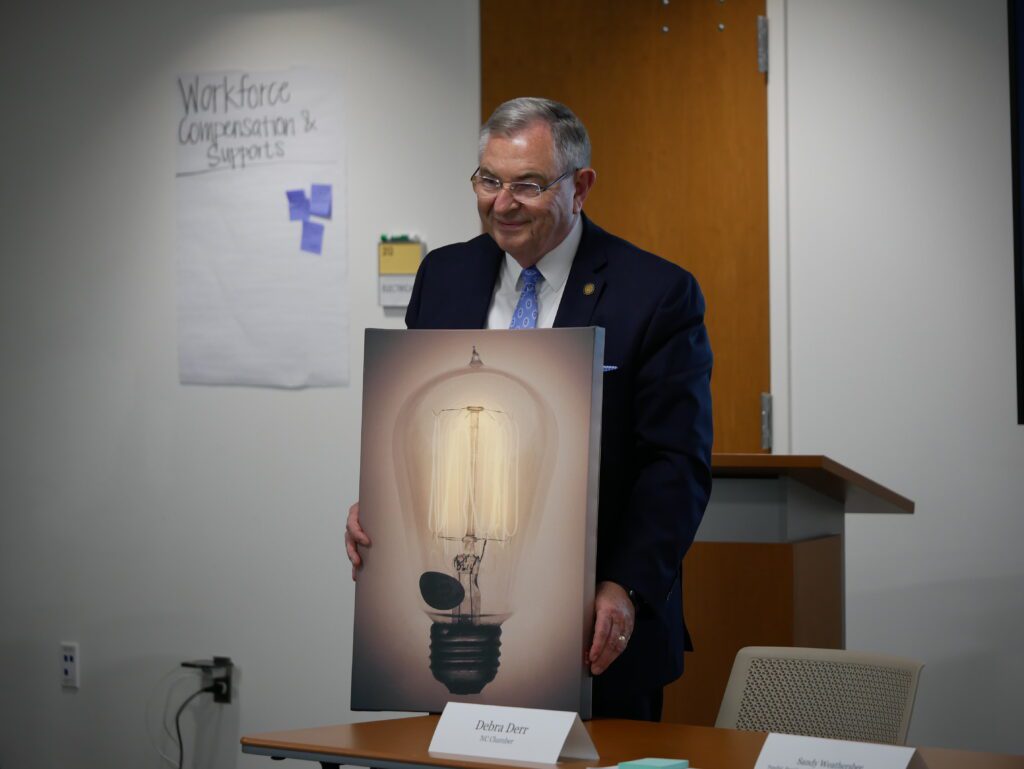
The task force of advocates, government officials, child care providers, and business leaders will meet again on May 5 and June 2. The group will release an interim report in June and another by the end of the year, Stein said when he established the group through an executive order.
The task force’s work comes during a legislative session where lawmakers have filed more than 30 bills aimed at addressing child care shortages, high costs, and low compensation for teachers. Sen. Ralph Hise, R-Mitchell, Sen. Jay Chaudhuri, D-Wake, Rep. David Willis, R-Union, and Rep. Sarah Crawford, D-Wake, also sit on the task force.
Meanwhile, the final pandemic-era funds boosting teacher compensation were disbursed in March. Programs have been left with holes in their budgets and an inability to increase revenue without pricing out most parents.

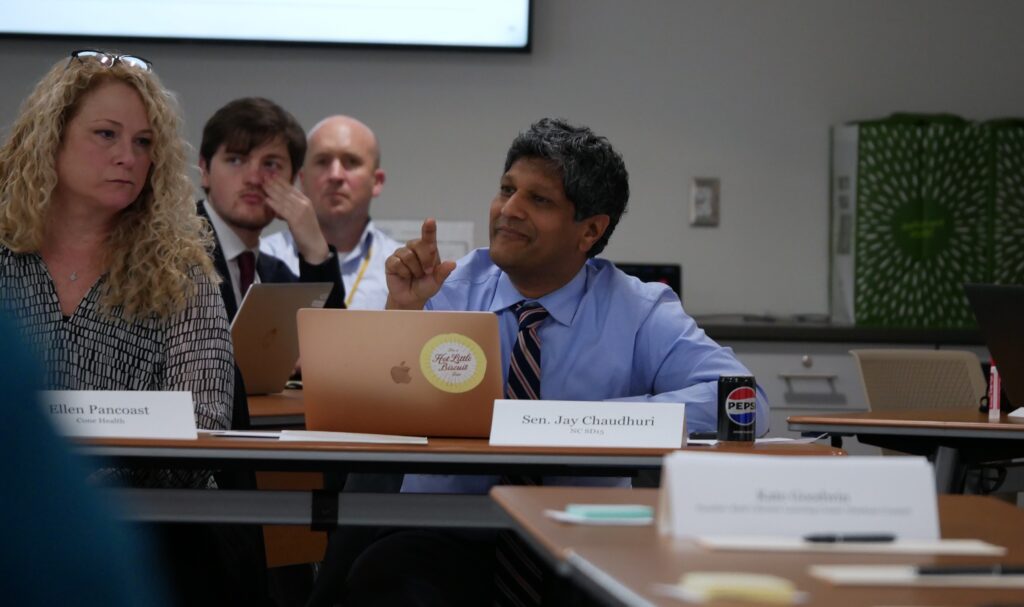
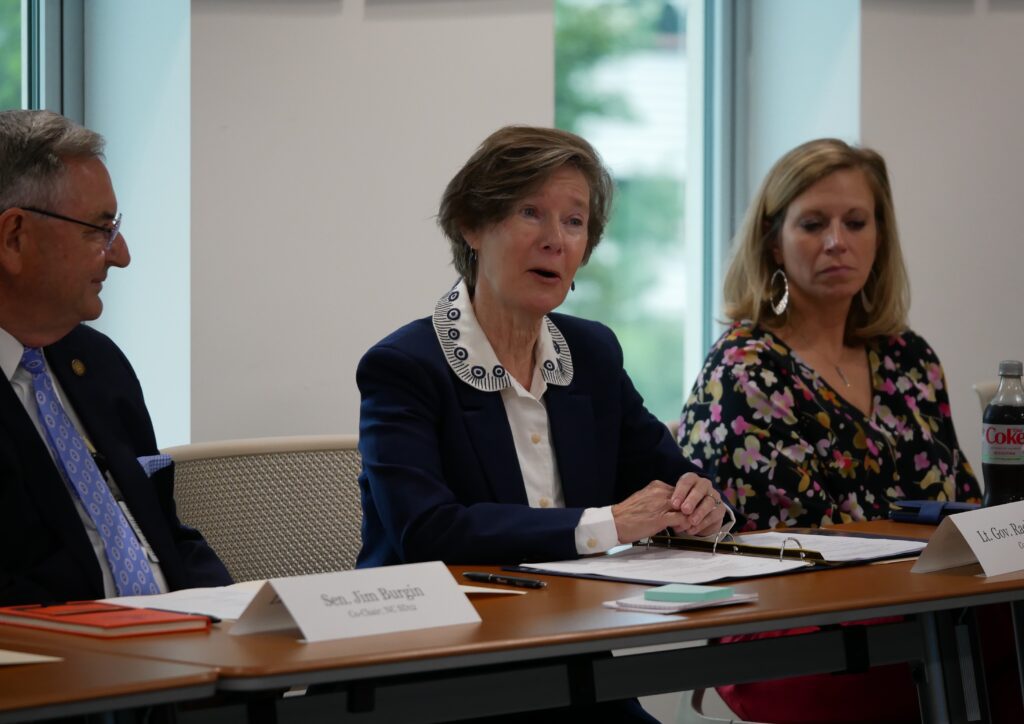
“North Carolina recognized early on the importance of early childhood education decades ago and built a high-quality network that served parents and the state’s economy,” said Candace Witherspoon, director of the Division of Child Development and Early Education (DCDEE), in a presentation to the group. “It was the envy of other states in the nation, but now we need continued investment to make North Carolina no. 1 again.”
Here are the main solutions that experts raised to the group to consider.
Support for home-based child care
Home-based child care supports an estimated 64% of North Carolina’s children under the age of six, according to nonprofit MDC’s NC Home Based Child Care Initiative. These providers need to be at decision-making tables, said Courtney Alexander, the director of that program.
They also need funding and development to support the several roles they hold at once, including business owner, administrator, and educator, Alexander said.
The majority of closures in licensed child care in recent years have been family child care homes, or licensed programs operating out of owners’ residences. Yet families often prefer these programs due to their intimate environment, their cultural and linguistic relevance, and their convenient location and schedules.
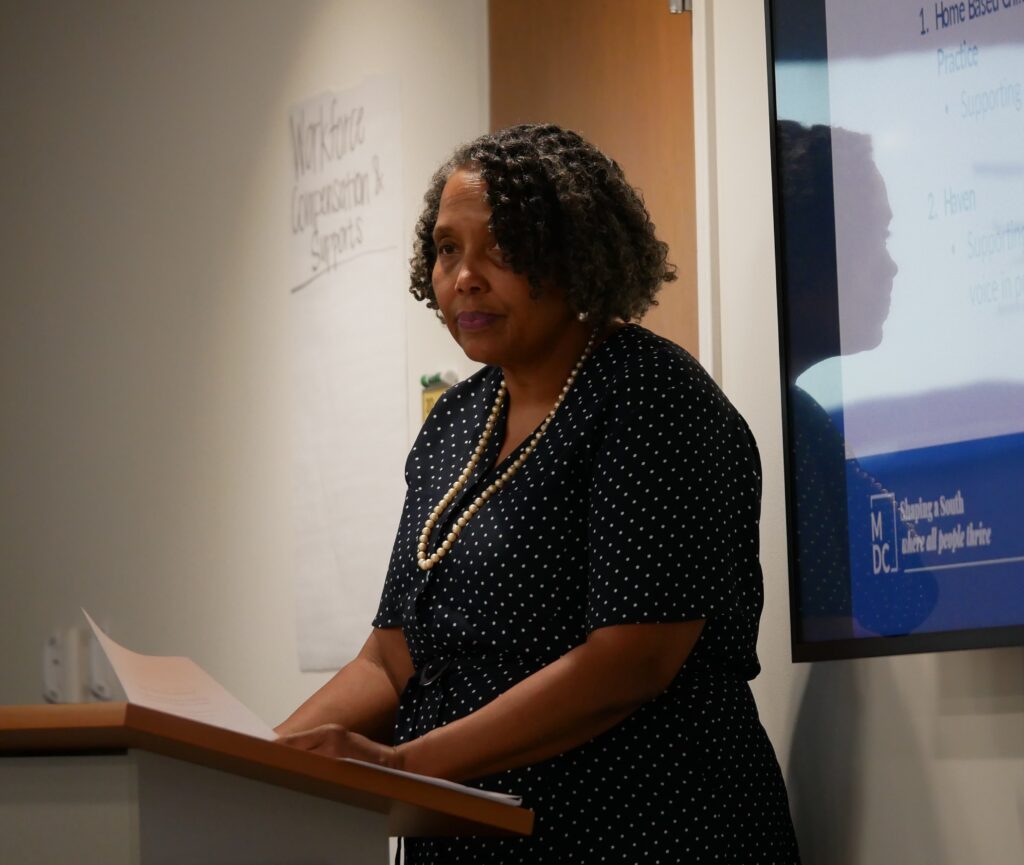
Alexander said providers in licensed and unlicensed programs are struggling to navigate and afford licensing and building requirements, some of which vary by county or locality. Many speak English as a second language and do not have resources in their native languages, she said. Licensed family child care homes are also paid less than centers in the state’s child care subsidy program.
“Technical assistance efforts and funding to assist with licensure and quality improvement are largely focused on centers,” Alexander said.
MDC houses two home-based care support networks: Communities of Practice and Haven. These programs help networks and individual home-based providers sort through complex regulatory environments and build leadership skills so that providers can influence the policies that impact them.
They also provide trainings and a network of peers so that providers are more informed and equipped to provide high-quality care and less isolated from each other. They are funded by Blue Cross Blue Shield Foundation.
Alexander recommended the following policies to the task force:
- A statewide registry of FFN (family, friend, and neighbor) providers who are not seeking licensure along with financial support for those providers.
- Shared business services and technical assistance for all child care providers.
- Studies to better understand family needs and preferences and to assess options for increasing home-based care.
- Network and leadership development.
- Communication efforts to support provider-led advocacy.
More on family child care
Business training for providers
Several experts pointed to the need to train existing and prospective early childhood professionals in business skills to strengthen and expand their operations or start new programs.
“Knowing how to take care of children doesn’t mean you understand how to build a new facility,” said Sandy Weathersbee, owner and operator of Providence Preparatory School in Charlotte. “It’s another science. It’s another stressor, and you need help.”
Building business skills within the early childhood field could take place at community colleges, Weathersbee and others said, where most early childhood teachers are prepared.
“I just think we need to create an opportunity so people can learn how to balance the book, create a budget, do some strategic planning, and then if they want to, learn how to borrow money and build a business,” he said.

Kate Goodwin, owner of Kate’s Korner in Durham, said the most essential aspect of building a sustainable child care program is taking care of educators. Her empowerment model focuses on investing in her employees through compensation, benefits, mental health supports, and flexible work schedules. The program is profitable, with a 98% retention rate and no openings, she said.
“I want to be able to help other providers in North Carolina to be able to do that,” Goodwin said.
Goodwin said her current program, which sits on America’s Tobacco Campus, is at full enrollment and is serving a population that can afford to pay private tuition. About 15 to 20% of the program’s slots are low-income families participating in the state’s subsidy program.
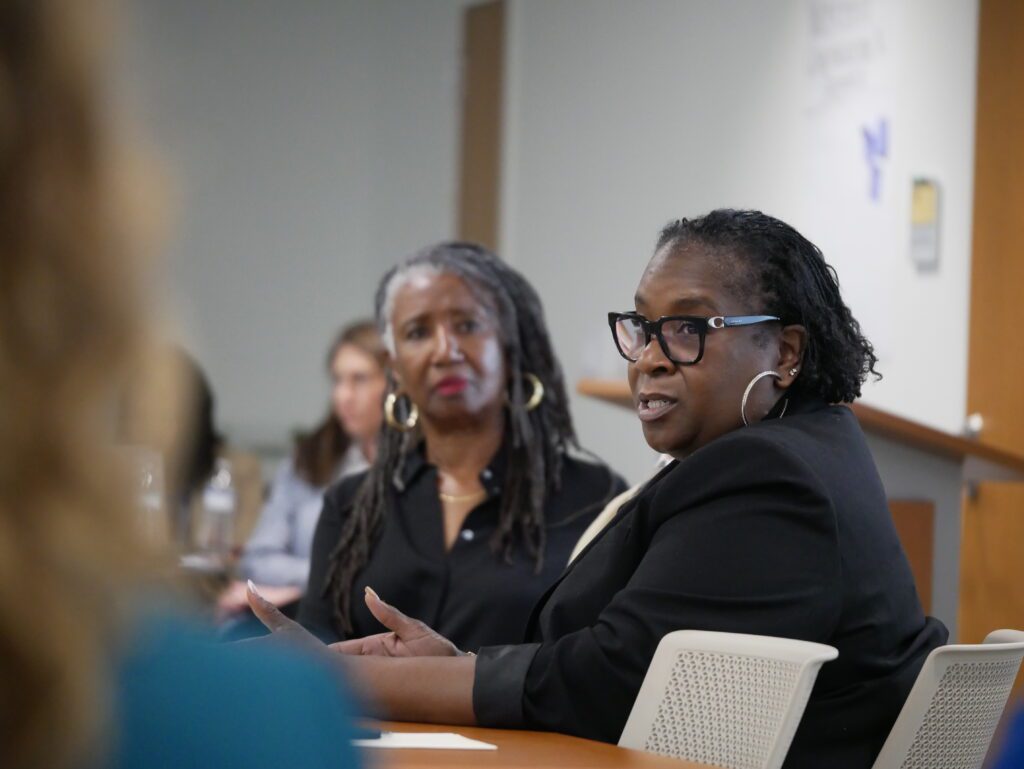
As she builds a facility that will serve almost all of its families through subsidy, Goodwin said she wants to build and share the partnerships and practices that are necessary to make the finances work.
“What I can do is be the provider that does a pilot program to help other providers understand the cost of starting a child care center or saving their child care center,” she said. “I’m very interested in being able to also focus in on what I have started as the empowerment model.”
Corporate partnerships
A Buncombe County project, funded by the philanthropic arm of The Biltmore Company, is expanding the supply of child care for infants toddlers. The company is now inviting other businesses in the area to invest.
Amy Barry, executive director of the Buncombe Partnership for Children, said the project has shown how strategic one-time investments can help existing programs expand their services.
The three-year project, currently in its second year, has added 48 slots, with an additional 10-seat expansion in the works. The company gave the organization $45,000 for expansion grants, plus $5,000 to administer the project. Employees with children attending one of the grant recipients receive priority in waitlists.
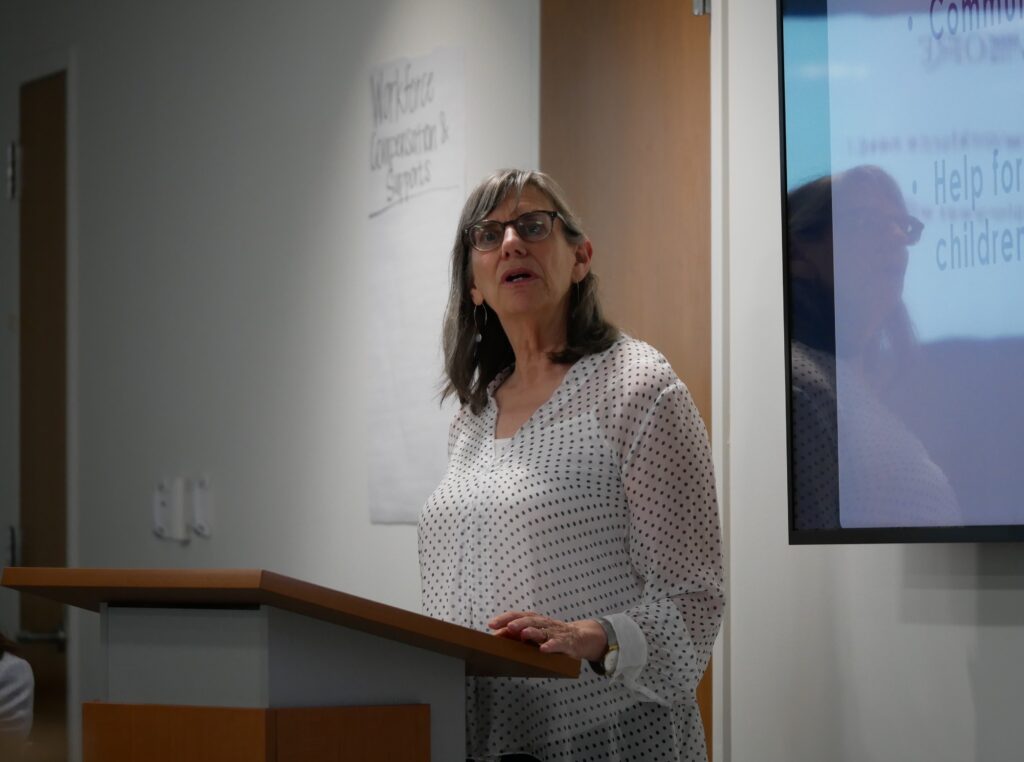
The grants are aimed at care for infants and toddlers because it is the hardest to find and the hardest to afford. The county has slots for 8% of the infant/toddler care it needs, Barry said.
One program in South Asheville was able to renovate a classroom with a $20,000 grant and serve 34 new children. Another used a $7,000 for air conditioning and added 14 new slots.
HCA Healthcare Foundation has now added another $10,000 to the project.
As existing programs reach their capacity to expand with one-time investments, Barry said long-term support is needed to recruit teachers. Barry said the project is unique in its approach compared to other employer strategies.
“They felt like their money could best be used to expand across the community, and we really appreciated that generosity,” she said.
More on business-backed child care
Subsidy funding
The child care subsidy program, which is funded with a mix of federal and state dollars, helps low-income working families afford child care.
But child care providers receive only half of what it costs to provide care through the program, Witherspoon said. DCDEE contracted with American Institutes for Research to figure out a more accurate way to pay participating providers.
The first step, Witherspoon said, is to increase reimbursement rates to reflect the state’s most recent market rate study from 2023. This would cost $76.6 million in recurring funding. The second step is to establish a floor rate, ensuring no provider receives less than the state average. This would cost the state $216.7 million in recurring funding.
More on child care policy
“That will allow programs to receive more dollars for these families that they are supporting, which will ultimately allow them to have a better chance of increasing pay for their teachers so that they can keep teachers in their programs and attract teachers to the field,” she said.
The subsidy program is currently only reaching about 15% of eligible children due to insufficient funding. The low rates also disincentivize programs from participating, Witherspoon said.
The rates also vary widely from county to county.
“It penalizes rural communities by incorrectly assuming that the cost of providing care in a rural community is substantially lower than in urban communities,” she said.

Senate Bill 412, sponsored by Sen. Hise, would allocate some of the funding Witherspoon recommended. It would add $123.5 million in recurring funding to increase the rates while also increasing funding for rural counties and programs serving infants and toddlers by 10%.
“It is a start for the reinvestment, if the state picked up what the federal government was not covering at this point,” Hise said at the task force.
Witherspoon said that since the pandemic-era funding has started to run out, the state has seen an increase in waitlists for subsidy funding. Investment is needed for children’s well-being, and for the state’s growth, she said.
“North Carolina’s early childhood educational is foundational for North Carolina to survive, and when we don’t have high quality early childhood education that is both accessible and affordable for parents and families, the result is a crisis that hurts each of us,” she said.
Editor’s note: Kate Goodwin serves on EdNC’s Strategic Council, and the Blue Cross Blue Shield of North Carolina Foundation supports the work of EdNC.





